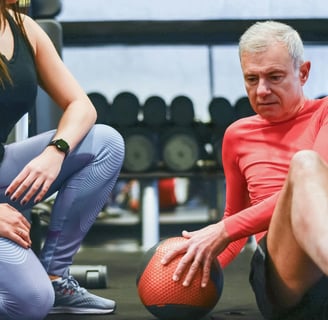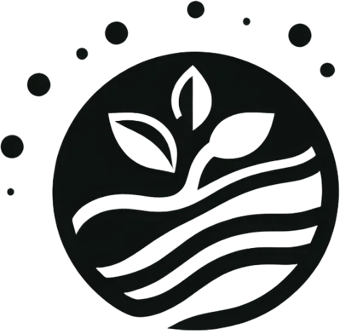The Importance of Physical Rehabilitation After a Stroke
A stroke, or cerebrovascular accident (CVA), can have devastating effects on an individual's physical, cognitive, and emotional well-being. Physical rehabilitation plays a crucial role in helping stroke survivors regain independence, improve their quality of life, and reduce long-term complications. In this post, we will explore the importance of rehabilitation after a stroke, supported by scientific evidence.
Health Is Life
1/5/20252 min read
Why Is Rehabilitation Essential After a Stroke?
Restoration of Motor Functions: Strokes often lead to motor impairments, such as weakness or paralysis on one side of the body. Physical therapy focuses on retraining the brain and muscles through exercises designed to improve strength, balance, and coordination (Veerbeek et al., 2014).
Prevention of Secondary Complications: Rehabilitation helps prevent complications like joint contractures, pressure ulcers, and deep vein thrombosis (DVT), which are common in stroke survivors with limited mobility.
Neuroplasticity and Brain Recovery: The brain has an incredible ability to reorganize itself and form new neural connections, a phenomenon known as neuroplasticity. Rehabilitation capitalizes on this ability, encouraging the brain to adapt and recover lost functions (Langhorne et al., 2011).
Improvement in Quality of Life: Participation in rehabilitation programs not only enhances physical capabilities but also boosts mental health by reducing anxiety, depression, and feelings of helplessness commonly experienced after a stroke.
Facilitating Independence: Occupational therapy and physiotherapy are critical in helping survivors relearn daily activities, such as dressing, eating, and walking, thereby fostering independence.
Types of Rehabilitation Therapies
Physical Therapy (PT): Focuses on improving mobility, strength, and balance through targeted exercises.
Occupational Therapy (OT): Helps patients relearn essential daily tasks and adapt to any physical limitations.
Speech and Language Therapy (SLT): Assists in overcoming communication difficulties and swallowing disorders (dysphagia), which are common post-stroke challenges.
Psychological Support: Addresses emotional and cognitive challenges, such as depression, anxiety, and memory problems.
Technological Interventions: Advances like robotic therapy and virtual reality are increasingly being integrated into rehabilitation programs to enhance recovery outcomes.
When Should Rehabilitation Begin?
Early rehabilitation is critical for optimal recovery. Experts recommend starting therapy as soon as the patient is medically stable, typically within 24-48 hours after the stroke (Bernhardt et al., 2015). Early intervention maximizes the potential for functional recovery and minimizes long-term disability.
Conclusion
Rehabilitation is a cornerstone of stroke recovery. It not only aids in physical healing but also restores confidence and hope in survivors and their families. Engaging in a comprehensive, multidisciplinary rehabilitation program can significantly improve outcomes and pave the way for a fulfilling post-stroke life.
Scientific References
Bernhardt, J., et al. (2015). Early rehabilitation after stroke. The Lancet, 386(9989), 169-178.
Langhorne, P., Bernhardt, J., & Kwakkel, G. (2011). Stroke rehabilitation. The Lancet, 377(9778), 1693-1702.
Veerbeek, J. M., et al. (2014). What is the evidence for physical therapy poststroke? A systematic review and meta-analysis. PLOS ONE, 9(2), e87987.
Winstein, C. J., et al. (2016). Guidelines for adult stroke rehabilitation and recovery: a guideline for healthcare professionals. Stroke, 47(6), e98-e169.




